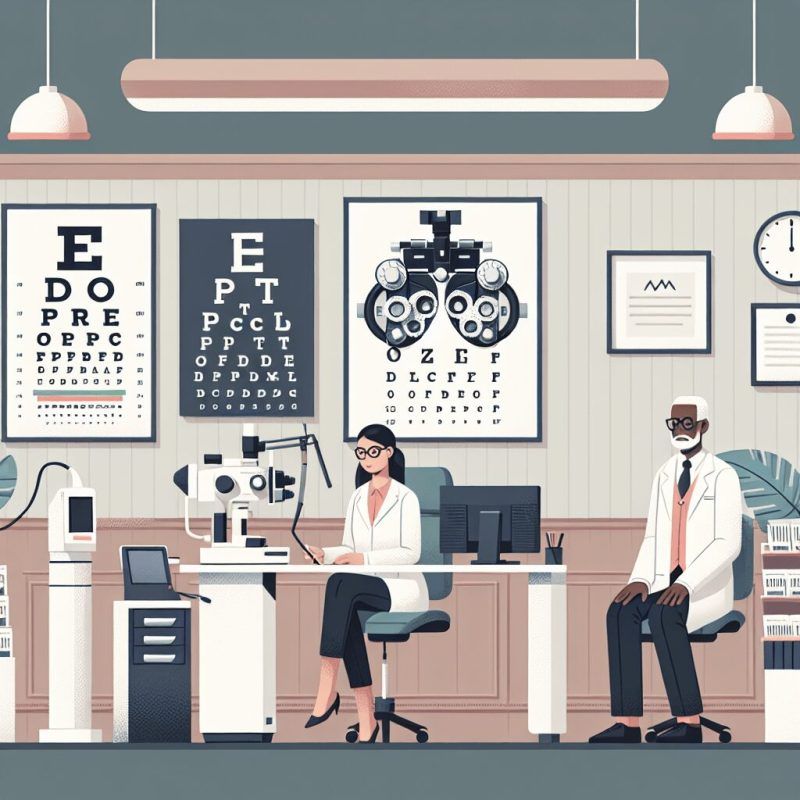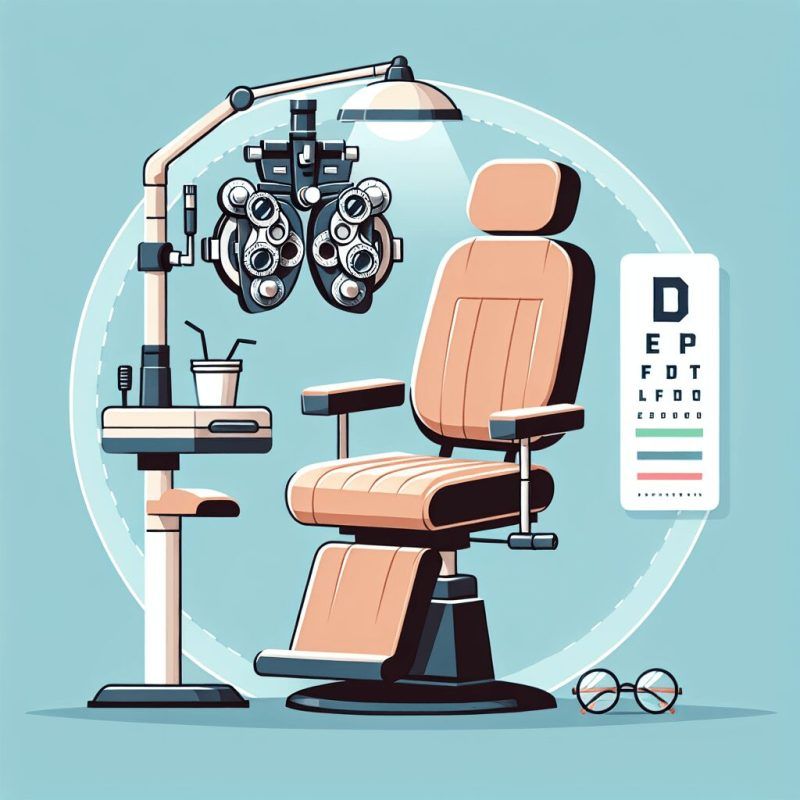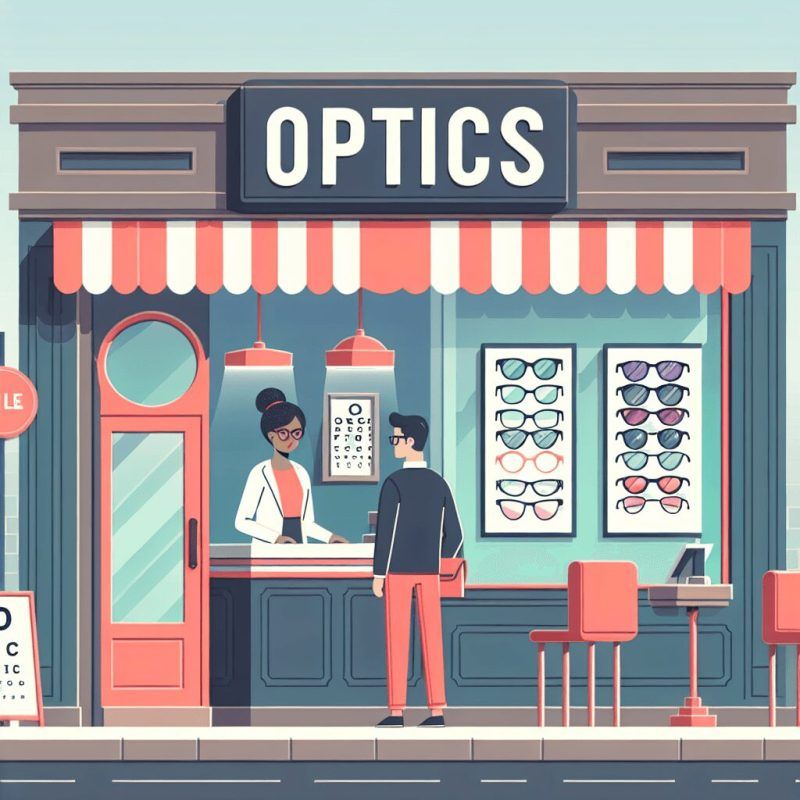Doctor's Corner
Diabetic Eye Care in The Woodlands Examined
Hey there, have you heard about the importance of diabetic eye care? It’s something that often gets overlooked, but it’s really crucial for those with diabetes.
In this article, we’re going to take a closer look at why it’s so important to take care of your eyes if you have diabetes, and what you can do to keep them healthy. So, sit back, relax, and let’s dive into the world of diabetic eye care together!
What Is Diabetic Eye Disease?
Diabetic eye disease is linked to diabetes and includes conditions such as diabetic retinopathy, glaucoma, and cataracts. Left untreated, these conditions can cause vision loss and blindness. Diabetic retinopathy has two stages: nonproliferative and proliferative. The nonproliferative stage causes swelling in retinal blood vessels, leading to leakage and swelling in the macula area, which affects central vision.
The proliferative stage involves the growth of fragile new blood vessels that can leak blood, leading to severe vision loss and blindness. Symptoms to watch for include floating spots, blurry vision, and blind spots in the field of vision, which may indicate diabetic retinopathy. It’s important to monitor these symptoms and take preventive measures, such as scheduling an annual dilated eye exam to detect retinal changes early and prevent further damage.
Understanding Diabetic Retinopathy
Early Stage: Nonproliferative Retinopathy
Nonproliferative retinopathy in diabetic patients can show early signs such as small balloon-like swelling in retinal blood vessels. These swollen areas can leak into the retina over time, leading to macular swelling, which can cause vision loss.
Diabetic macular edema is a condition that results from this swelling in the central area of the retina. It’s essential to diagnose and monitor nonproliferative retinopathy in diabetic individuals through dilated eye exams. This allows specialists to identify retinal changes before symptoms appear.
Routine eye screenings for individuals with diabetes can help prevent the condition from worsening. If left untreated, nonproliferative retinopathy can lead to severe complications like proliferative retinopathy and macular edema, raising the risk of vision loss and blindness in diabetic patients.
Early detection and timely intervention play a critical role in managing this condition and preserving vision.
Advanced Stage: Proliferative Retinopathy
Advanced stage proliferative retinopathy can cause vision loss and blindness if not treated. Symptoms include floating spots, blurry vision, and blind spots. Regular eye exams are important for early detection. Treatment options may include medication, eyewear changes, and surgery. Dr. Sharon Mathukutty, an eye doctor, plays a key role in managing this condition. Routine exams help monitor and treat retinopathy early to prevent vision loss.
People with diabetes should schedule regular eye exams to detect and address this condition.
Signs of Diabetic Retinopathy to Watch Out For
Early signs of diabetic retinopathy are important to recognize. They include blurry vision, fluctuating or distorted vision, floaters, and difficulty with color perception.
Individuals with diabetes should prioritize their vision and eye health by having regular eye examinations and maintaining control of their blood sugar levels.
Diabetic retinopathy can progress to advanced stages like the proliferative stage, where new blood vessels grow in the retina. This may result in severe vision loss or even blindness.
Other advanced signs to watch for are blind spots in the field of vision and floating spots from bleeding abnormal blood vessels.
It’s vital for diabetic patients to take preventive measures and seek early treatment to safeguard their vision.
Steps to Treat Diabetic Retinopathy
Treating diabetic retinopathy involves essential steps like keeping blood sugar well-controlled. This helps prevent the condition and delay its progression.
For early-stage nonproliferative retinopathy, stable blood sugar levels, controlled blood pressure, and managing cholesterol can effectively manage the condition.
In the advanced stage of proliferative retinopathy, treatment options include prescription medications, eye injections, and, in some cases, surgery. These help prevent severe vision loss and blindness.
These steps and treatment options are crucial for preserving the vision of diabetic patients.
What Should Diabetic Patients in The Woodlands Know About Eye Care?
Diabetic patients in The Woodlands should prioritize regular diabetic eye exams Woodlands to monitor for potential vision complications. These specialized exams can help detect and prevent diabetic retinopathy, cataracts, and glaucoma. Proper eye care is crucial for maintaining overall health and well-being for individuals with diabetes.
What Happens During a Diabetic Eye Exam?
During a diabetic eye exam, the eye doctor will check for signs of diabetic retinopathy, glaucoma, or cataracts. These are common eye problems associated with diabetes.
The exam may include a dilated eye test to get a better look at the back of the eye, like the retina and optic nerve. The doctor will also measure the pressure inside the eye to check for early signs of glaucoma.
Additionally, the doctor may assess visual acuity, peripheral vision, and ability to focus. If signs of diabetic eye disease are detected, the eye doctor can provide early intervention, adjust treatment plans, and educate patients on lifestyle changes.
How an Eye Doctor in The Woodlands Helps with Diabetic Eye Health
An eye doctor in The Woodlands can help with early detection and treatment of diabetic retinopathy through routine eye exams. By performing comprehensive dilated eye exams, the eye doctor can identify signs of retinopathy at its earliest stages. This allows for prompt treatment and prevents vision loss.
The eye doctor can also assist in managing diabetic eye health for patients by providing education and guidance on proper blood sugar control and lifestyle modifications. They offer specific resources and services such as prescription medications, corrective eyewear, and referrals to other specialists for surgical intervention when necessary.
Looking for an Eye Doctor? How to Find One Nearby
To find an eye doctor nearby, you can:
- Check with your primary care physician for referrals.
- Ask friends, family, and healthcare providers for recommendations.
- Look up local eye care centers online and read patient reviews.
When searching for an eye doctor in your area, consider the doctor’s experience, credentials, and the services offered. Make sure the doctor is qualified to address specific vision concerns like diabetic eye disease, glaucoma, and cataracts.
It’s also important to choose an eye doctor located close to your home or workplace for convenience in accessing routine eye exams and follow-up appointments.
The post Diabetic Eye Care in The Woodlands Examined first appeared on Optometrist in Woodlands & Willowbrook TX.
Doctor's Corner





